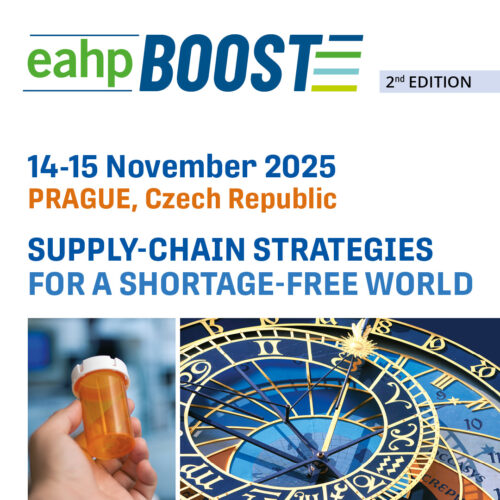IMPROVING HIGH-RISK DRUG PRACTICES IN THE EMERGENCY DEPARTMENT – A MULTIDISCIPLINARY APPROACH
European Statement
Patient Safety and Quality Assurance
Why was it done?
Review of the 2019 Health Information and Quality Authority (HIQA) Medication Safety Monitoring Programme, and in-house Emergency Department (ED) medication variances review identified that risk reduction strategies for specific high-risk drugs and high-risk situations were required.
What was done?
A multidisciplinary team reviewed and implemented initiatives to improve medication safety practices for procedural sedation, emergency tray drugs and ketamine use in emergency settings was undertaken.
How was it done?
• Multidisciplinary teams (MDT) of key stakeholders were formed to review each high-risk drug / practice requiring improvement.
• The MDT developed the required procedures and policies that were further reviewed and approved by the relevant hospital committees.
• The MDT supported roll out of the improvement initiatives through communication, staff education and process review.
What has been achieved?
• A hospital wide procedural sedation policy and patient information leaflet was developed. Competencies for staff that perform procedural sedation have been identified. A specific procedural sedation incident report form has been piloted. A poster detailing the process for sedation reversal is in development.
• Emergency tray drug preparation, storage and use has been standardised across all hospital settings, including the introduction of dedicated emergency drug bags. The bags enable prompt drug retrieval during emergencies and supports safe storage, documentation and disposal of used /unused emergency drugs.
• A protocol for ED use of ketamine was developed. The protocol supports safe use of ketamine for specific emergency indications for which there is little published information, e.g. procedural sedation, analgesia and agitation.
• The initiatives were implemented and included in ED simulation training.
What next?
The described medication safety initiatives have considered the practice challenges for high risk drug access and use in emergency settings. The initiatives have standardised processes for specific high-risk drugs, supporting safer use. MDT collaboration ensured early and ongoing staff engagement from applicable disciplines, facilitating implementation and practice changes. Evaluation of the initiatives in practice is currently under review. The initiatives and learnings are transferrable to other emergency clinical settings.
























